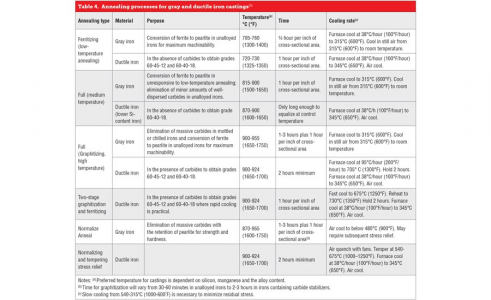- Joined
- Jan 9, 2020
- Messages
- 79
I have a couple of 5 LB cast iron weights that seem ideal to make lathe chuck backing plates from. However when I tried to machine one of them I found that it was so hard that even carbide cutters would only remove a little metal before failing.
How do I anneal the weight so I can machine it?
Gary
How do I anneal the weight so I can machine it?
Gary


